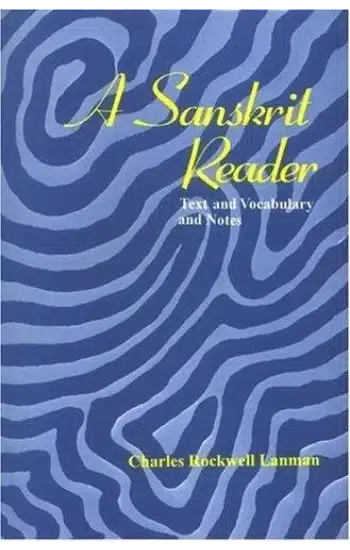
Save: 20%

Save: 20%
A Sanskrit Reader: With Notes and Sankrit-English Vocabulary
Publisher:
| Author:
| Language:
| Format:
Publisher:
Author:
Language:
Format:
₹295 ₹236
Save: 20%
In stock
Ships within:
In stock
| Weight | 400 g |
|---|---|
| Book Type |
ISBN:
Page Extent:
Panorama of Harappan Civilization deals with the introduction of Harappan Civilization, Harappan Art, Seals, Ceramics and Jewellery. The authors prefer the name of Harappan Civilization to Indus or Indus-Saraswati Civilization.
An unique contribution in this book is the identification of the inscribed double headed terracotta of Siva from Kalibangan which has three Harappan signs in Proto-Brahmi Script and the authors have read these three signs as Sivam (44). The authors have concluded that the Proto-Dravidians and early Aryans were existing together in the Harappan population and the languages of the Harappans were Proto-Dravidian Brahuvi and Laukik Sanskrit. It also furnishes the information that Ganweriwala, located on the bank of dried Hakra or Saraswati river, was the largest Harappan site.
This pictorial book along with 121 photographs is written in simple language and will be very useful for the students as well as the research scholars in the field of archaeology.
Panorama of Harappan Civilization deals with the introduction of Harappan Civilization, Harappan Art, Seals, Ceramics and Jewellery. The authors prefer the name of Harappan Civilization to Indus or Indus-Saraswati Civilization.
An unique contribution in this book is the identification of the inscribed double headed terracotta of Siva from Kalibangan which has three Harappan signs in Proto-Brahmi Script and the authors have read these three signs as Sivam (44). The authors have concluded that the Proto-Dravidians and early Aryans were existing together in the Harappan population and the languages of the Harappans were Proto-Dravidian Brahuvi and Laukik Sanskrit. It also furnishes the information that Ganweriwala, located on the bank of dried Hakra or Saraswati river, was the largest Harappan site.
This pictorial book along with 121 photographs is written in simple language and will be very useful for the students as well as the research scholars in the field of archaeology.
About Author
Reviews
There are no reviews yet.



Reviews
There are no reviews yet.